

BRIAN DICKERSON
Constructed Paintings + Drawings
Cover:BRIANDICKERSON, Gaza,2025
Oilwithwoodconstruction
44x40x5inches
BRIAN DICKERSON
CONSTRUCTED PAINTINGS & DRAWINGS
essay by Carter Ratcliff

OPUS 40 GALLERY
356 George Sickle Road
Saugerties, NY · 12477
On Brian Dickerson’s Constructed Paintings
by Carter Ratcliff
Brian Dickerson calls his works “constructed paintings,” a phrase that warns us, subtly, against relying too heavily on our familiar ways of looking. Face to face with a painting, we usually look into its depths. Even a monochrome canvas preserves the metaphor of window. Dickerson’s paintings persuade vision to stay on their surfaces, which are inexhaustibly rich. After covering a birch panel with gesso, he applies layers of paint, often scraping them down in preparation for further layers. The resulting textures evoke the effects of weather and long seasons of intense sunlight. You feel the weight of his works, for they are objects as much as they are images. Yet Dickerson is not a sculptor.
Rothart, 2010-2023, is a heavily textured field of warm yellow that shades off, here and there, to a light beige. Dickerson’s layering ensures that his colors are difficult to pin down, so much so that the modulation of a hue sometimes looks like a shift in the light. Toward the top of Rothart a thin strip of painted wood runs parallel to the work’s upper edge; parallel to this strip is another, this one painted onto the surface. Along the lower edge, Dickerson has attached a spare but complex configuration of painted strips, some long, some short, and nearly all of them out of alignment with Rothart’s edges.
Fascinating in themselves, these forms could be seen as a hieroglyph for an architectural remnant and, by extension, for the persistence of human artifacts through the long eons of history. Among the artist’s formative experiences were visits to the site of an archeological excavation near the town, in upstate New York, where he was raised. Dickerson has said he “identified with the process of archeology …the role of intuition, burial, the past, what is known and unknown.”
The painted strips in Ash, 2022-2023, form an opening into the surface of the painting. Appearing often in Dickerson’s paintings, these openings never fail to intrigue. You wonder how far they reach into the fictive spaces they imply—how far and along what paths? There are suggestions of labyrinthine interiors, of lost recesses containing who knows what? Having posed that question, we can’t help speculating about the layered, textured surfaces of Dickerson paintings.
What have they rendered invisible? Always enlivened, quietly, by earlier stages they never quite hide, these surfaces hint at his abiding awareness of the past—including the history of whatever piece he is working on.
The attached elements in Fallow Field, 2021-2022, are large enough to recall the angular compositions of Piet Mondrian, Kazimir Malevich, and other geometric abstractionists of the twentieth century. These painters are among Dickerson’s ancestor figures, though his earliest works were landscape paintings with a traditional progression from foreground to middle ground to background. Most of them were nocturnes and their darkness may have foretold the mysteries that render his mature works so absorbing.
Dickerson was drawn beyond landscape painting by such earthworks as Michael Heizer’s Double Negative 1969—or, rather by the contrast between the real space this work occupies and the “imagined space” of its photographic reproductions. Never a literalist, Dickerson inflects the strong physical presence of his forms with colors and textures that activate the imagination—as his imagination was activated by the seeming emptiness of Ad Reinhardt’s Black Paintings. Dispensing with the heritage of geometric abstraction, the Black Paintings may well have shown Dickerson the way beyond traditional composition to the previously uncharted territory occupied by his constructed paintings.
There is no precedent for Dickerson’s combination of textured field and sparse architectural elements—a mixture that produces a startling mutability of scale. For we can see these elements as precisely the size they are, as miniatures that draw us in for a close-up examination, or as massive forms seen on high from a great distance. This distance is of course spatial and yet we could understand it as temporal, an interpretive shift prompted the thought that every object or image or memory is a residue—a ruin—that has persisted through time and change to become whatever it is for us in our moment.
This could be a gloomy thought. A happier thought is that each of Dickerson’s constructed paintings is the result of an evolution from the simplicity of a blank surface to an inexhaustibly engaging complexity. Not to mention a subtle kind of beauty. For his art guides us into a present charged with the intensity of now—the sheer presence of his forms, colors, and textures—and yet enriched by endless traces of the past.
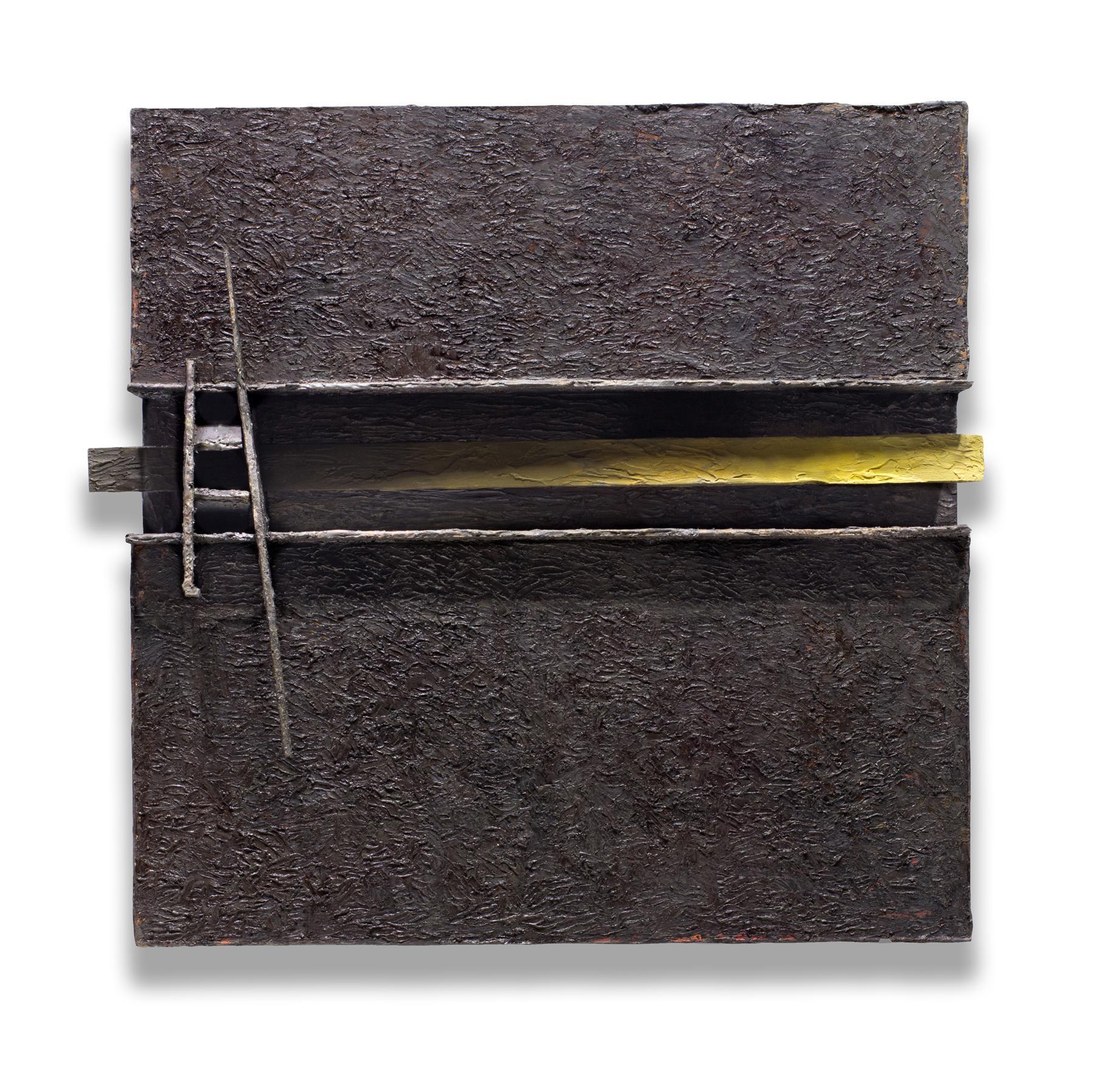
oil paint and wood panel
BRIAN DICKERSON, Untitled - 2025
Oil with wood construction
29½ x 30 x 7½ inches

BRIAN DICKERSON, Sparrow 2023 - 24
Oil with wood construction
31 x 28 x 7 ¾ inches
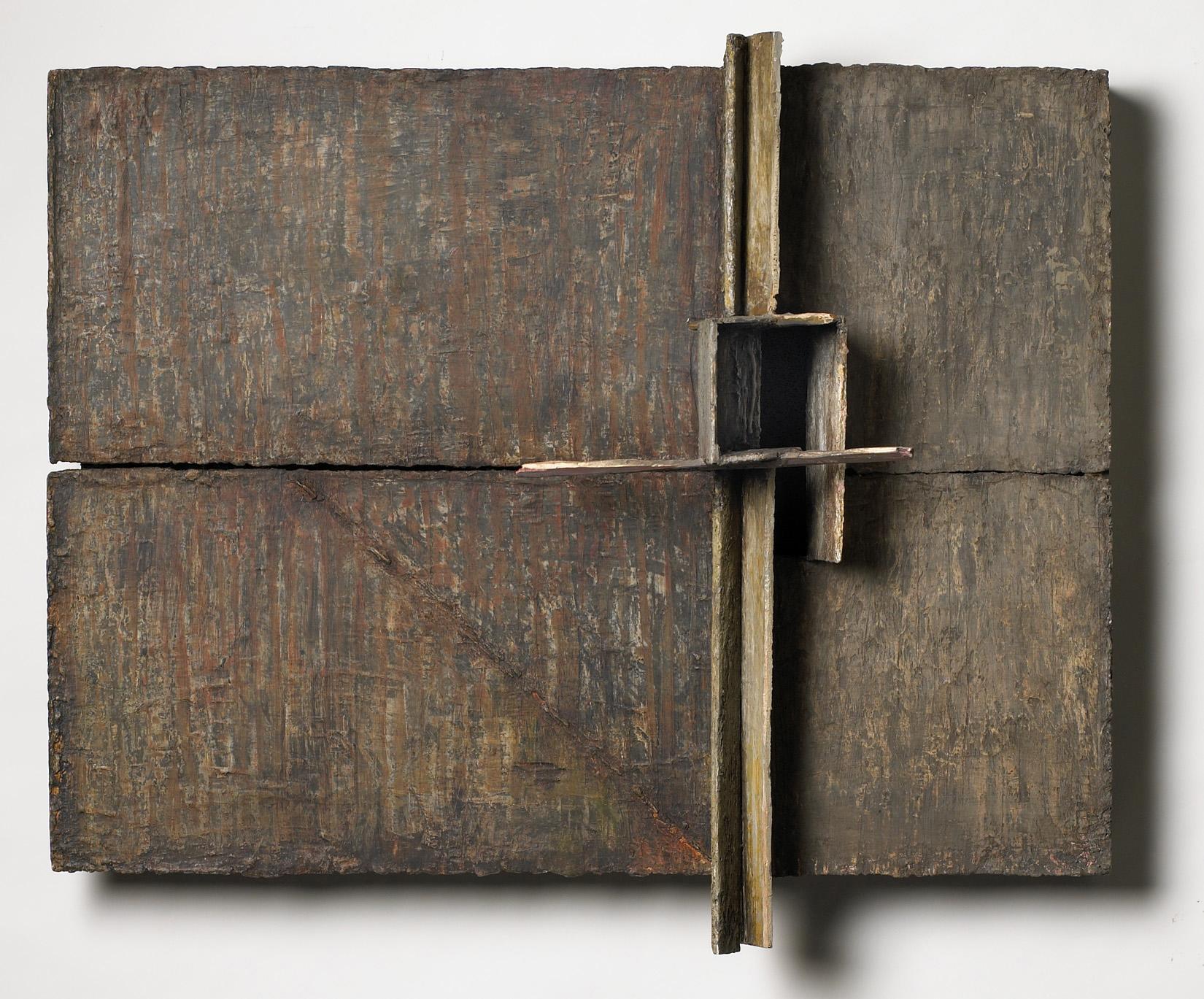
BRIAN DICKERSON, Myosotis - 2014 Oil with wood construction 27 x 32 x 10 ½ inches

BRIAN DICKERSON, Helderberg Spring ,2018-24
Oilwithwoodconstruction
36x24x5½inches
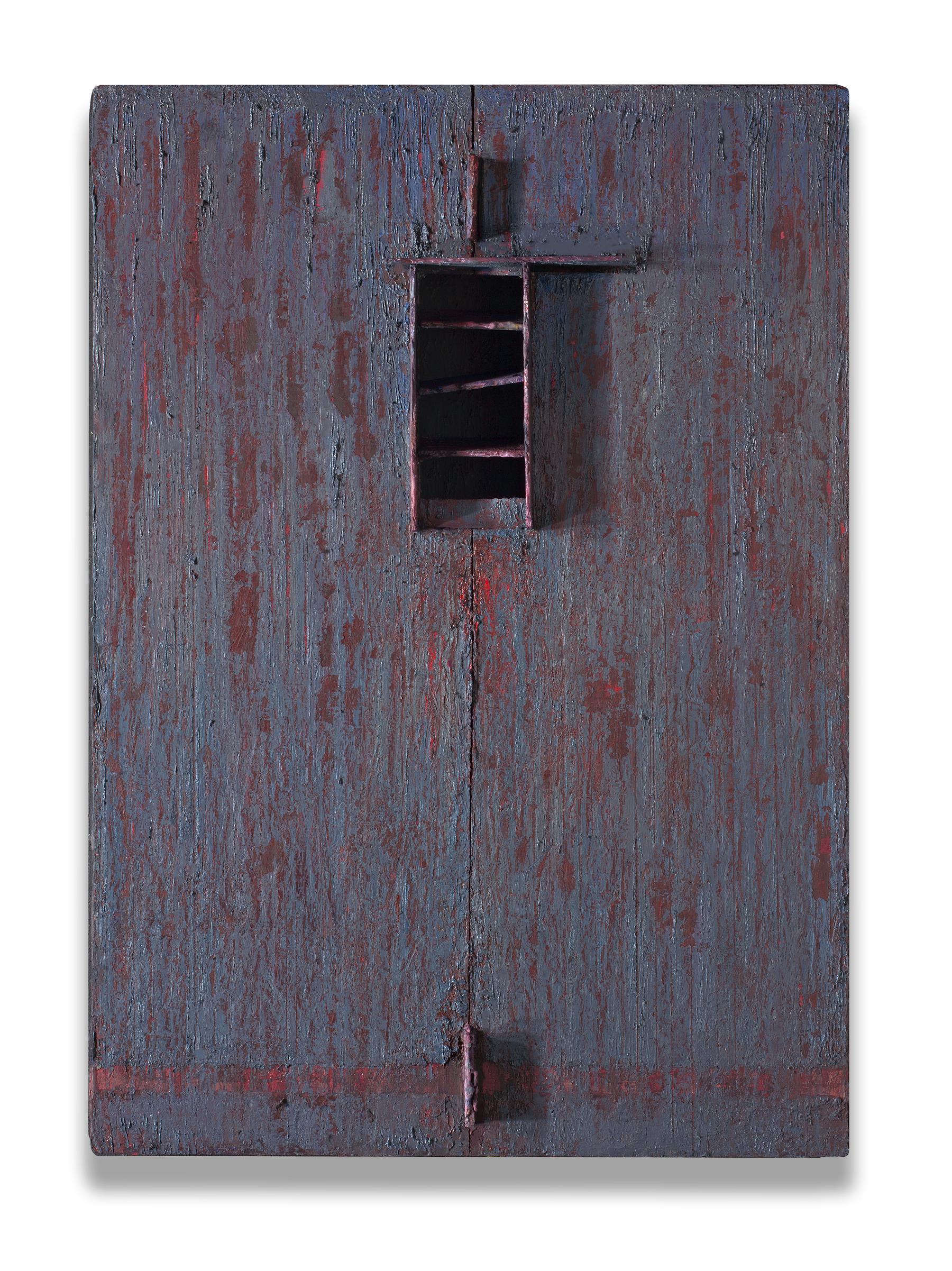
48x32x6inches
BRIAN DICKERSON, Roseboom # 2 -2022
Oilwithwoodconstruction

BRIANDICKERSON, Gaza,2025
Oilwithwoodconstruction
44x40x5inches

Field Line #4, oil paint and wood board
36 x 36 x 5 inches
Oilwithwoodconstruction
49x46x6½inches
BRIANDICKERSON, Gilboa #2 2023-24
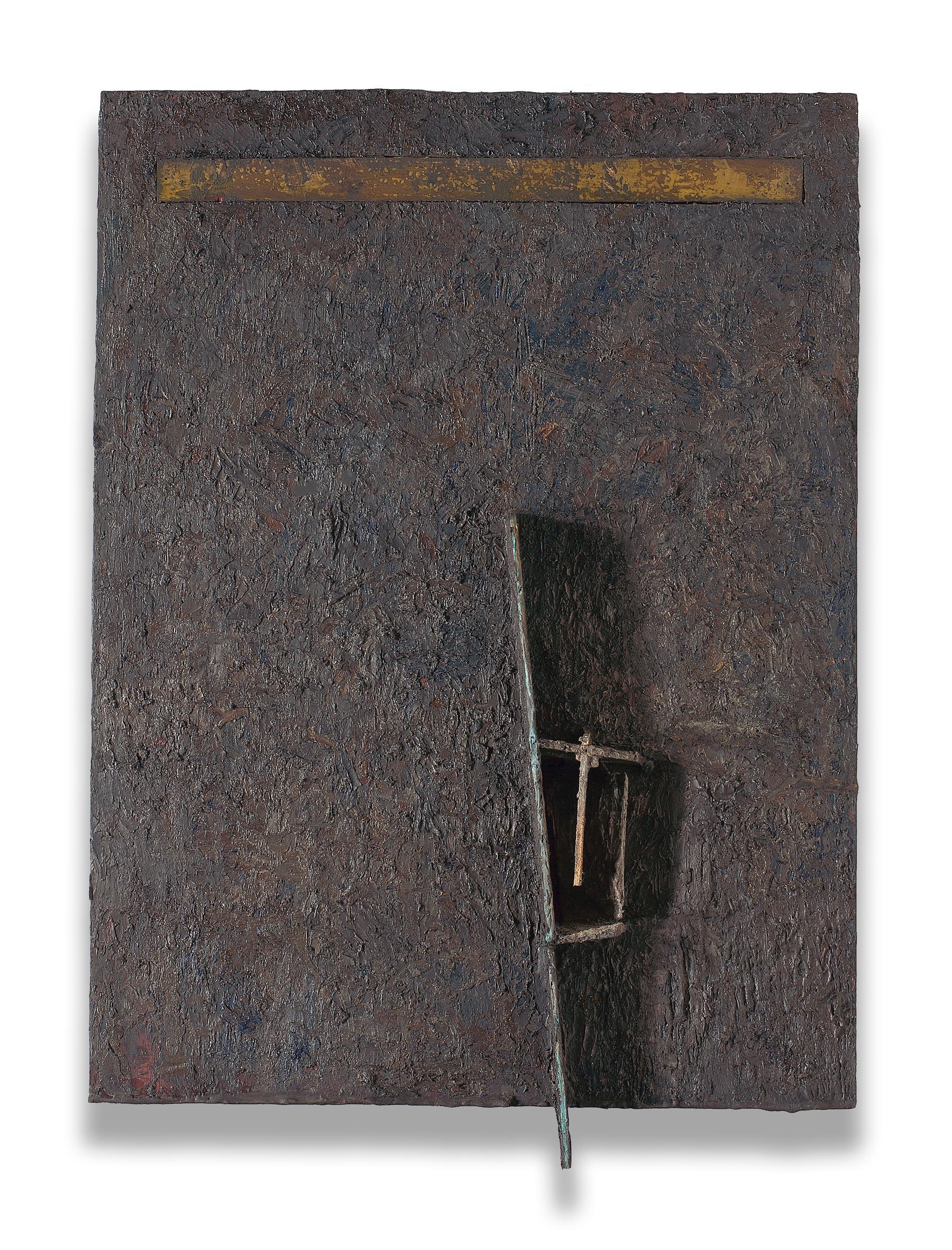
BRIAN DICKERSON, Cross Field #2, 2023-24
Oilwithwoodconstruction
35x24x4inches

33½x24x4inches
BRIAN DICKERSON, Cross Field, 2022-24
Oilwithwoodconstruction
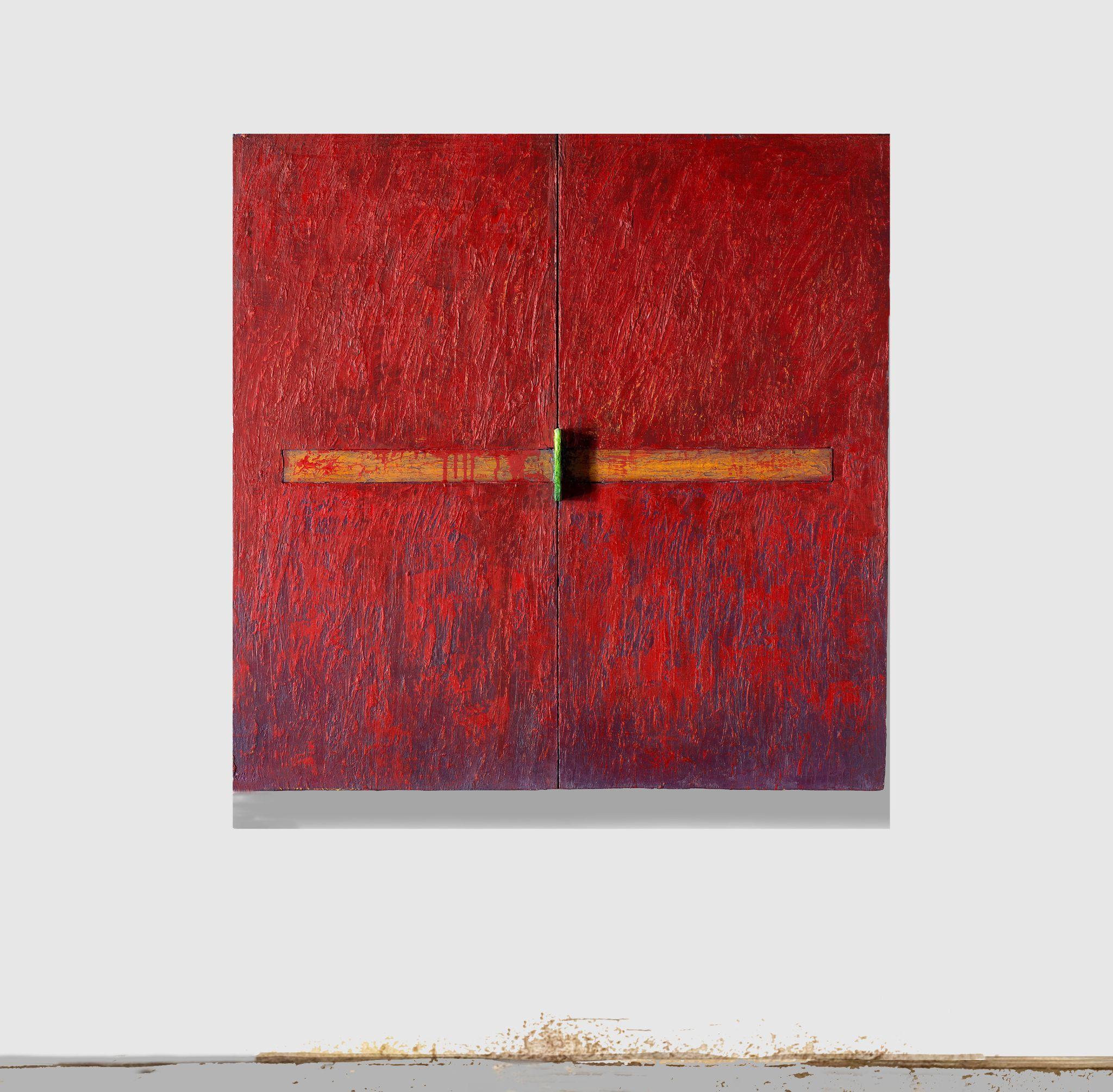
BRIAN DICKERSON, “FieldLineNo.4”-2021
Oilwithwoodconstruction
36x36x5inches
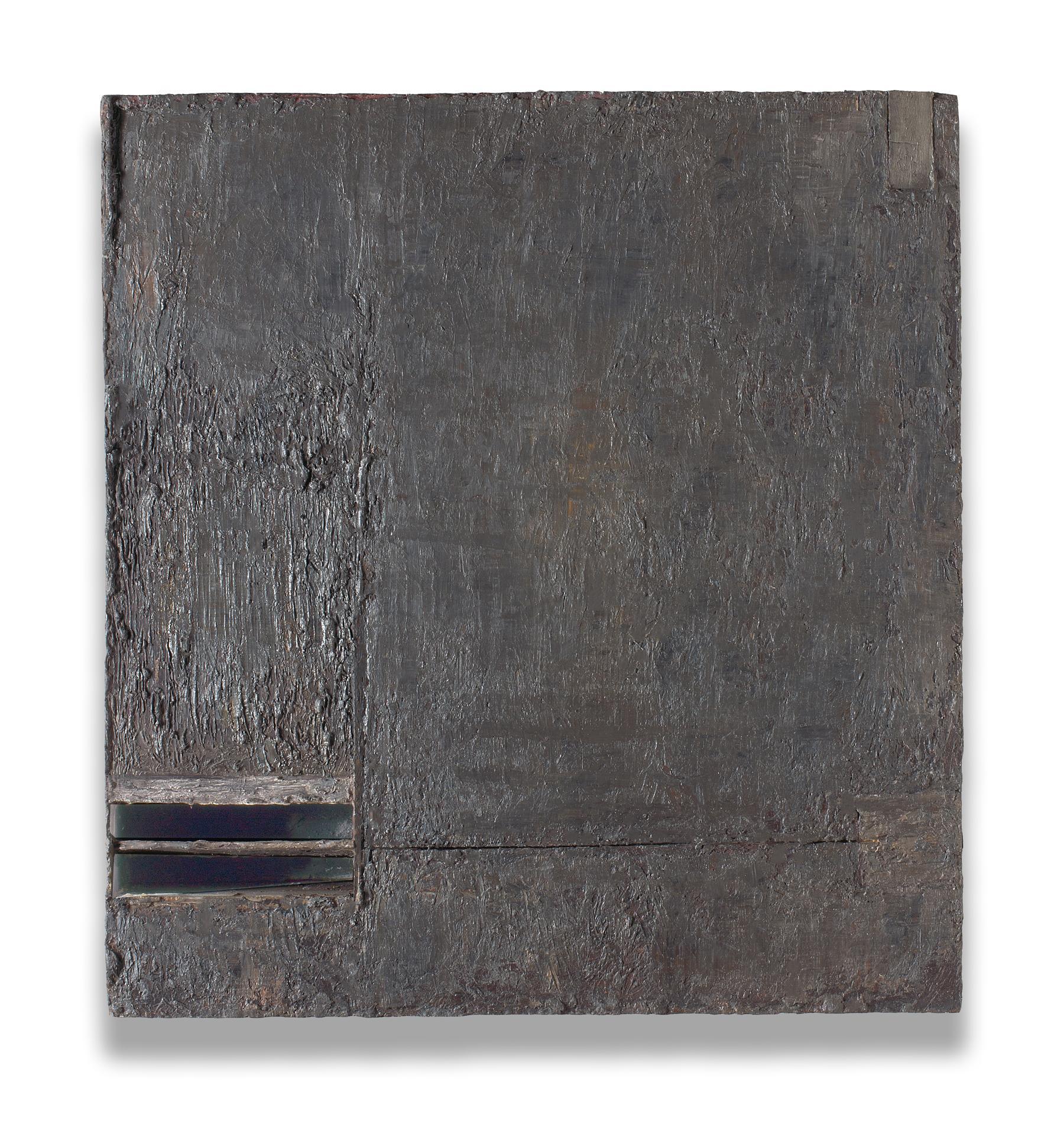
31x28x5½inches
BRIANDICKERSON,Vent,2022-23 Oilwithwoodconstruction

BRIAN DICKERSON, Gilboa - Flood, 2018-21
Oilwithwoodconstruction
35x24x6inches
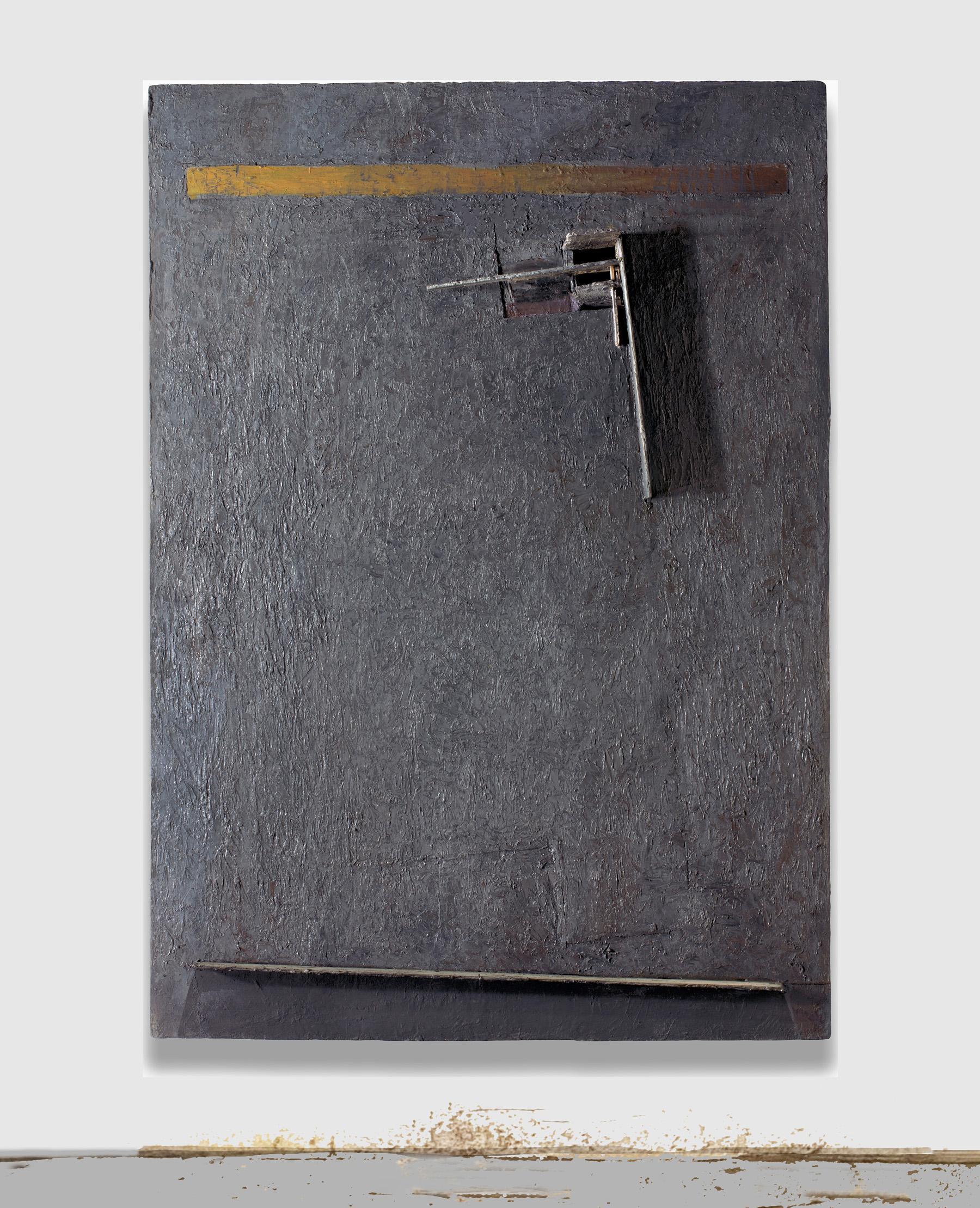
62x44x6inches
BRIAN DICKERSON, “Gorge” 2022-23
Oilwithwoodconstruction

BRIAN DICKERSON, Gilboa.2020-2021
Oilwithwoodconstruction
49x32x6inches

50x46¾x8¼ inches
BRIAN DICKERSON, Vroman, 2018-25
Oilwithwoodconstruction
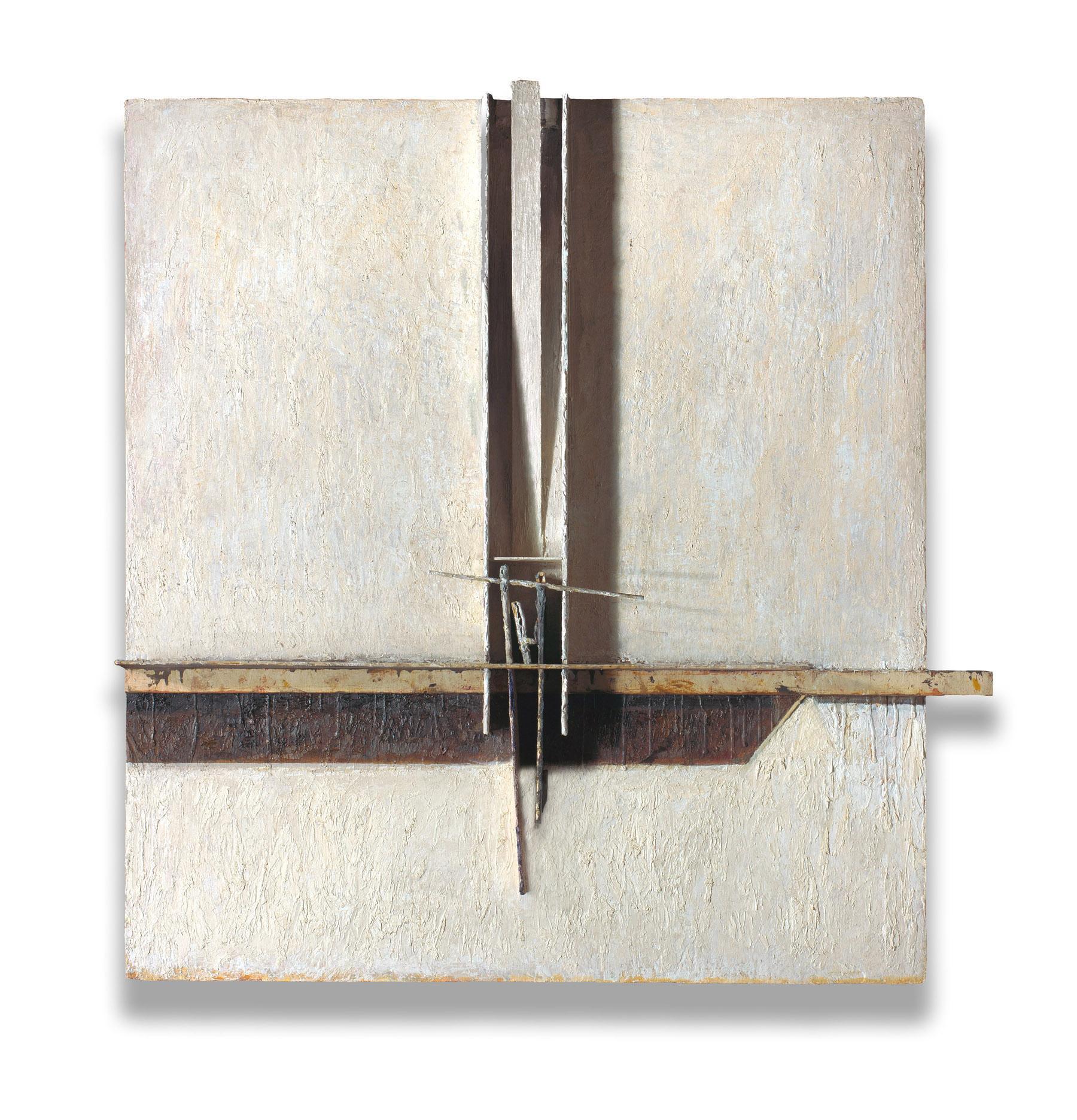
oil paint and wood board
16 x 60 x 4 inches
Oilwithwoodconstruction
45½x43½x6inches
BRIAN DICKERSON, Below & Above,2023

BRIAN DICKERSON, To a Fallen Land, 2023-25 Oilwithwoodconstruction
45x47x7inches
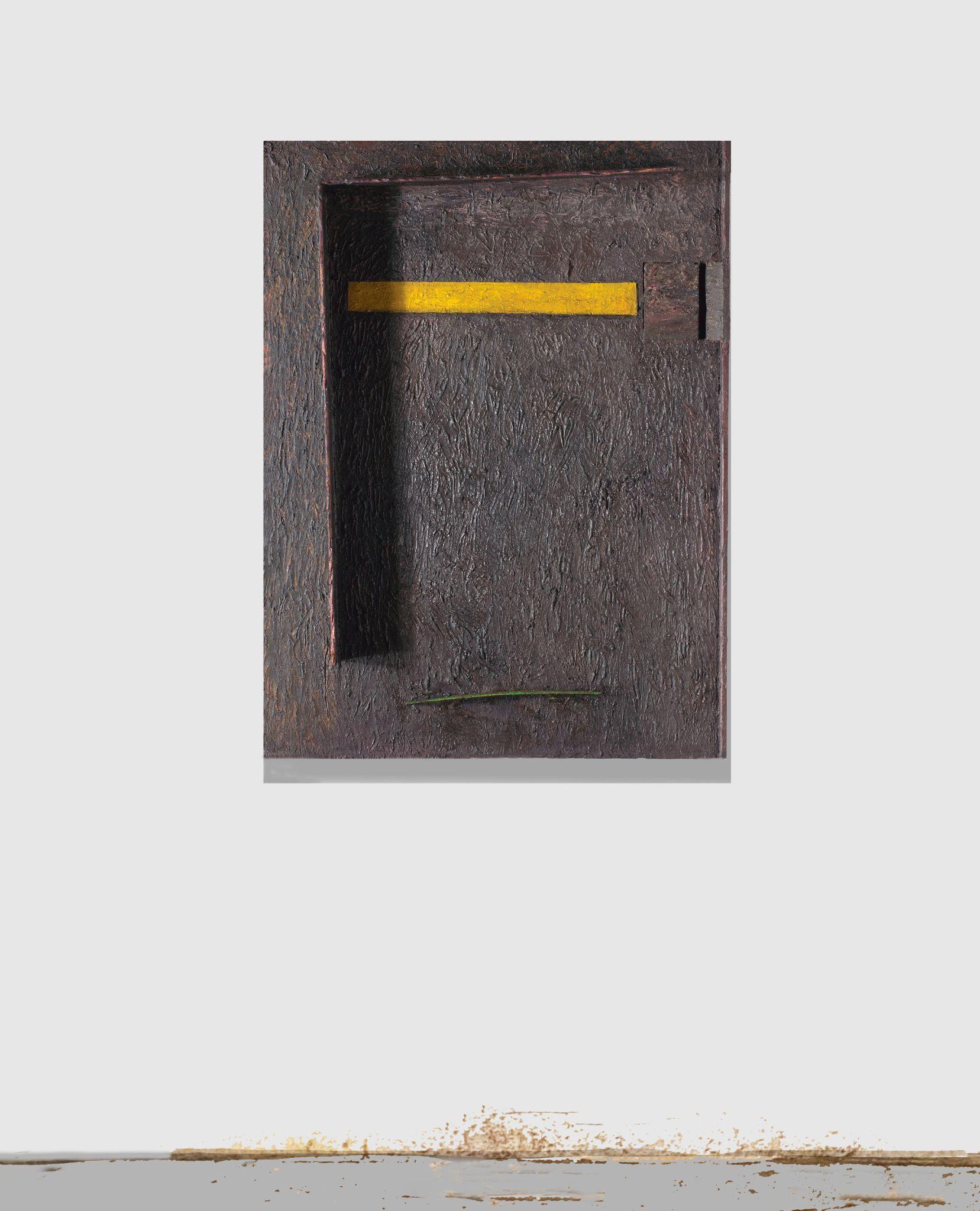
BRIAN DICKERSON, Fallow Field,2021-22
Oilwithwoodconstruction
30x24x5inches

46x45x5inches
BRIAN DICKERSON, Rothardt,2021-23
Oilwithwoodconstruction
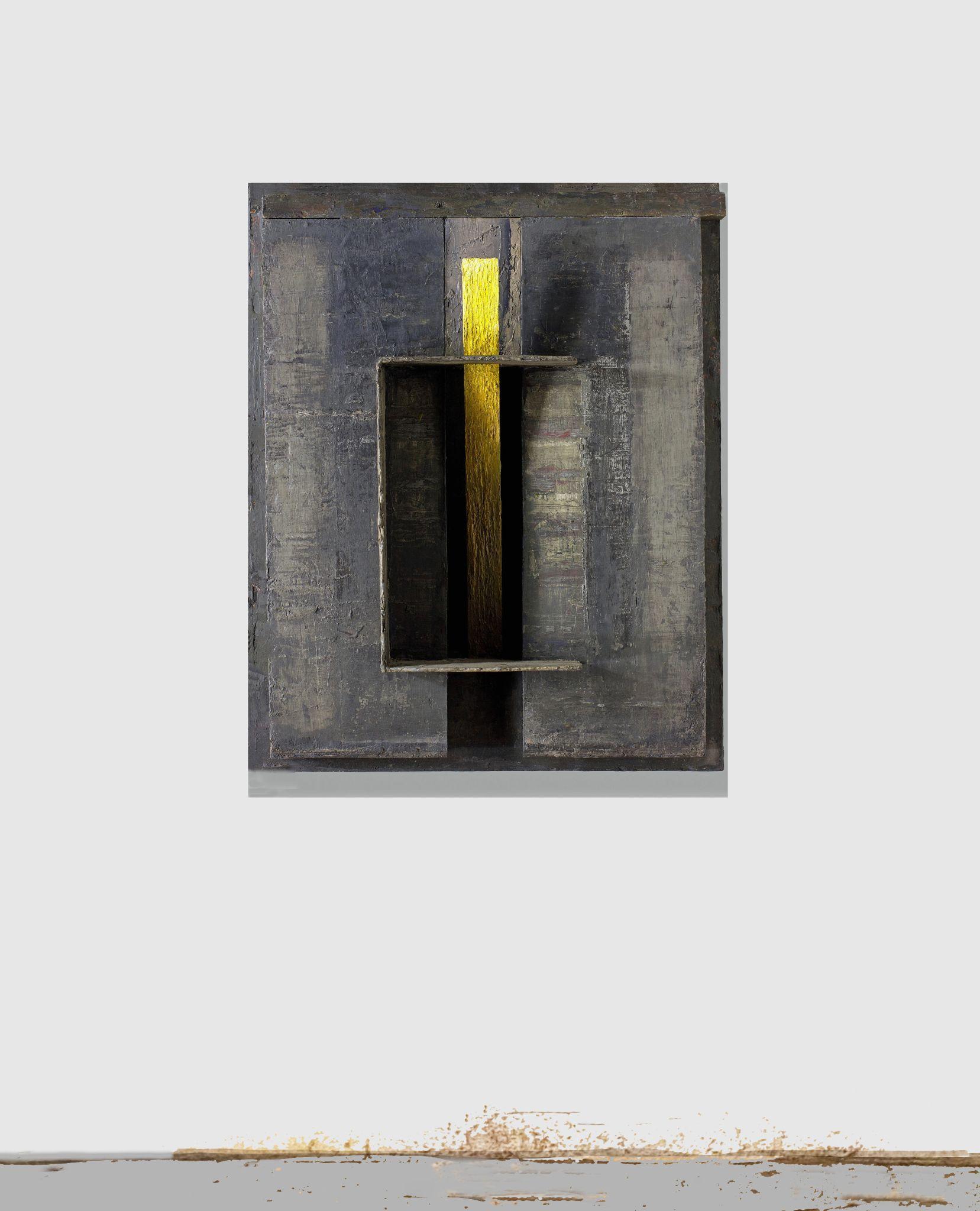
BRIAN DICKERSON, Helderberg - Ash, 2005-21
Oilwithwoodconstruction
30x24x9inches
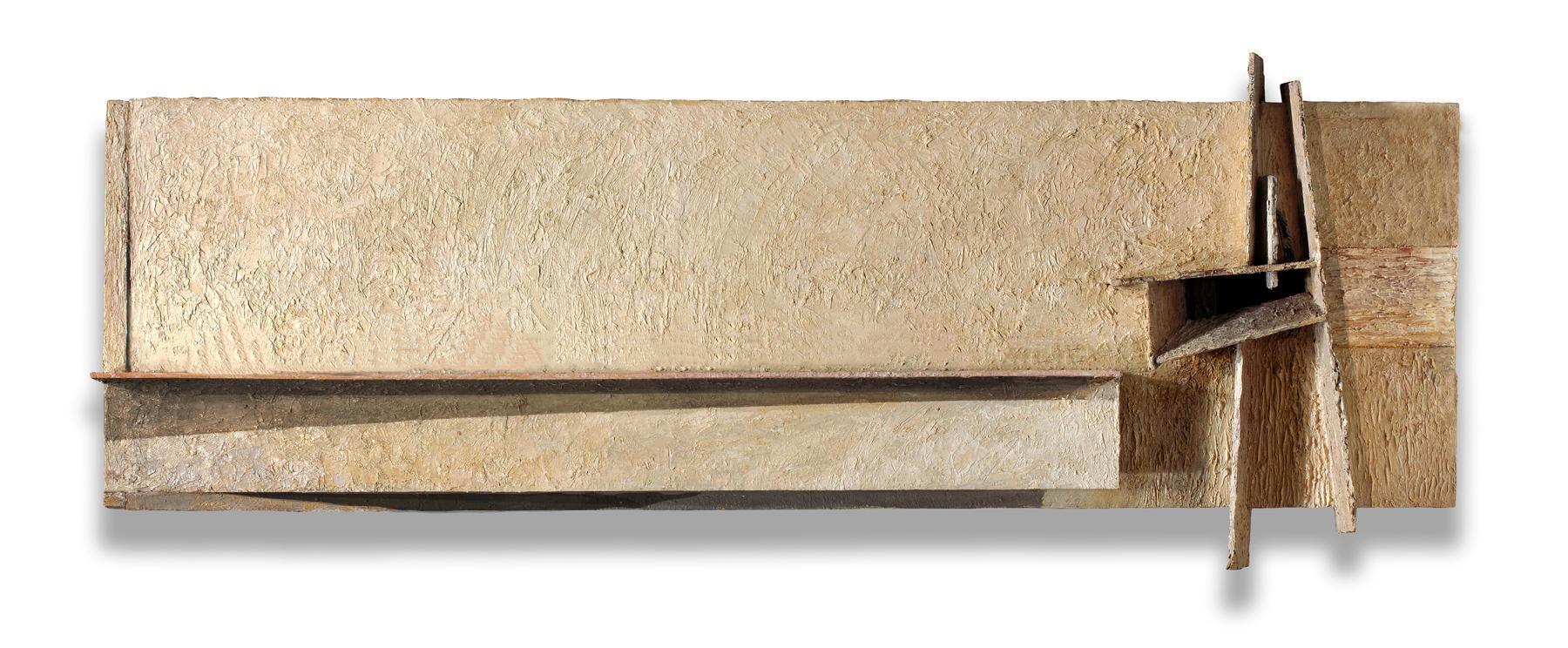
Helderberg Spring, 2020-23
oil paint and wood board
47 x 32 x 6 inches
DICKERSON, Harvester, 2020-25
Oilwithwoodconstruction
23x60x6inches
BRIAN DICKERSON
BRIAN

THE HYDE COLLECTION
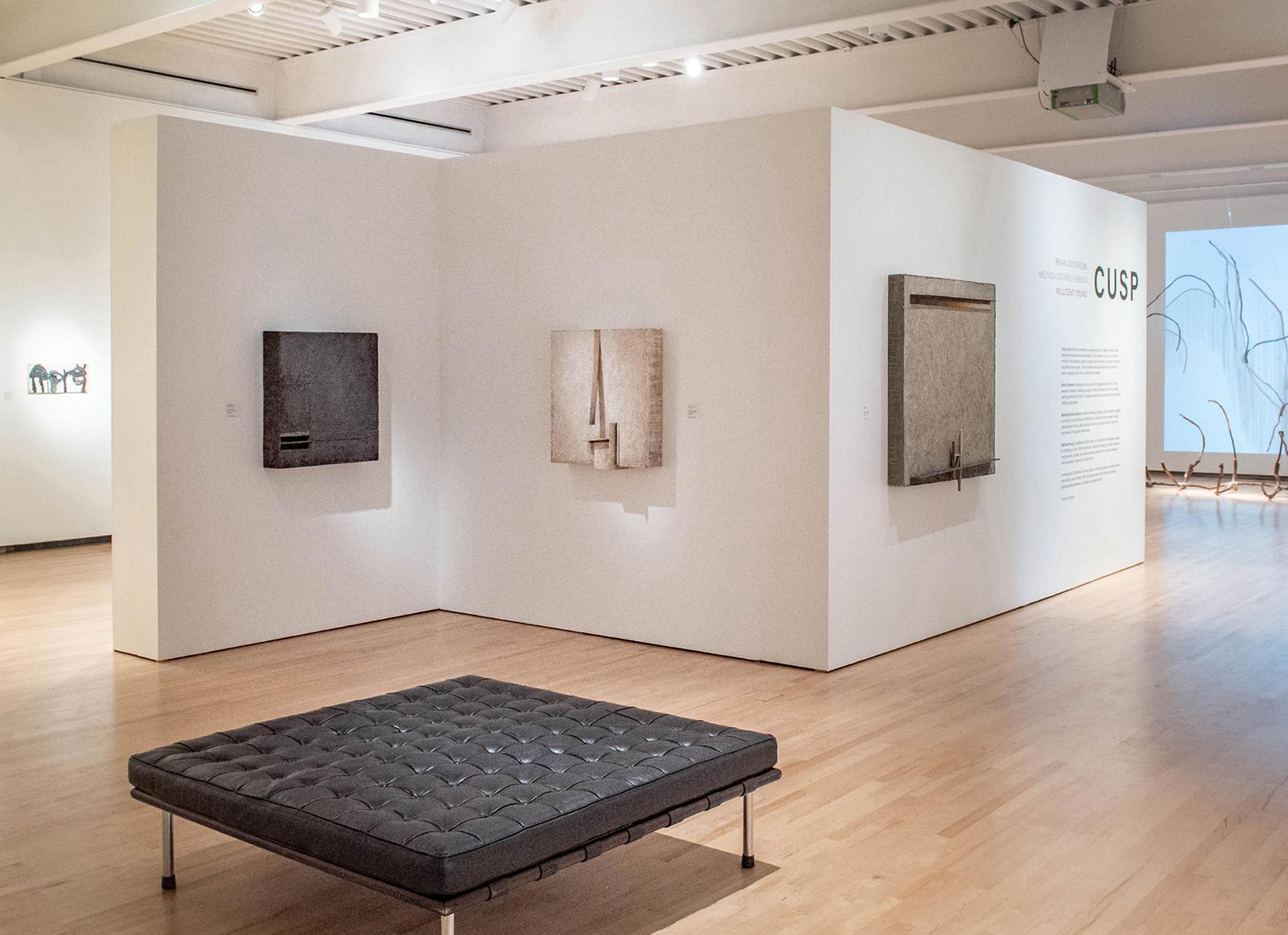

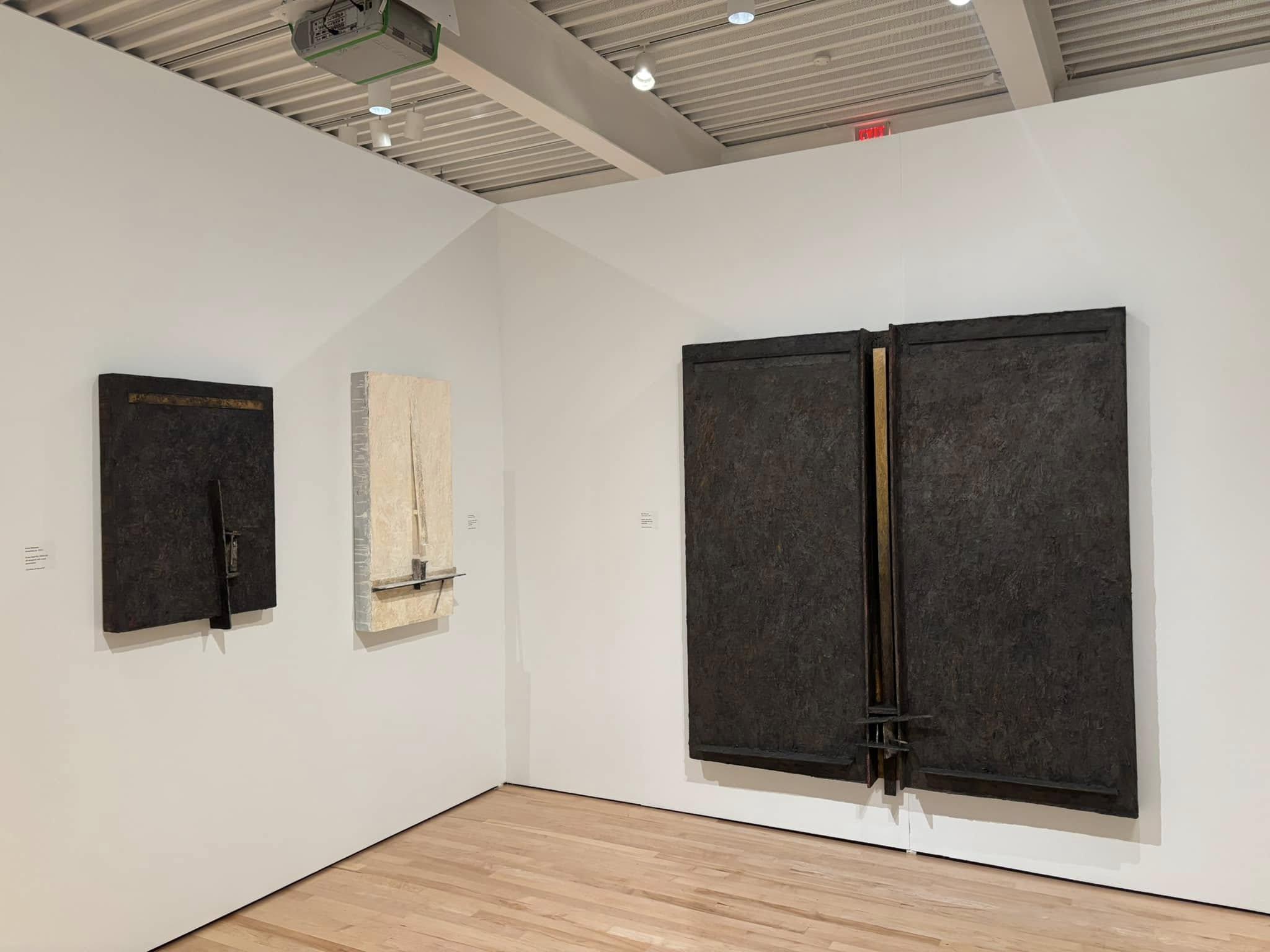
ABOUT BRIAN DICKERSON
Brian Dickerson has had numerous solo exhibitions both internationally at Ballinglen Arts Foundation,(Ballycastle, Ireland) and nationally at Kouros Gallery and OK Harris (New York City), NY), Institute of Man and Science (Rensselaerville, NY), Lightforms Art Center (Hudson, NY), Bill Lowe Gallery (Atlanta, GA), Benjamin Mangel Gallery, Seraphin Gallery and Hahn Gallery. (Philadelphia, PA), The Grosvenor Art Gallery (S.U.N.Y. Cobleskill, NY) and the Museum at the University of Wyoming (Laramie, WY), among others. He has also been featured in many group exhibitions, most recently at The Hyde Collection, (Glens Falls, NY), De Melkfabriek (s’Hertogenbosch, Netherlands), The Delaware Art Museum (Wilmington, DE), American University Museum - Katzen Art Center (Wash. D.C.) the Woodmere Museum, and the Pennsylvania Academy of Fine Arts, (Phila., PA). Dickerson has been the recipient of many awards, notably a Franz and Virginia Bader Fund Grant and a Ballinglen Foundation Fellowship.

